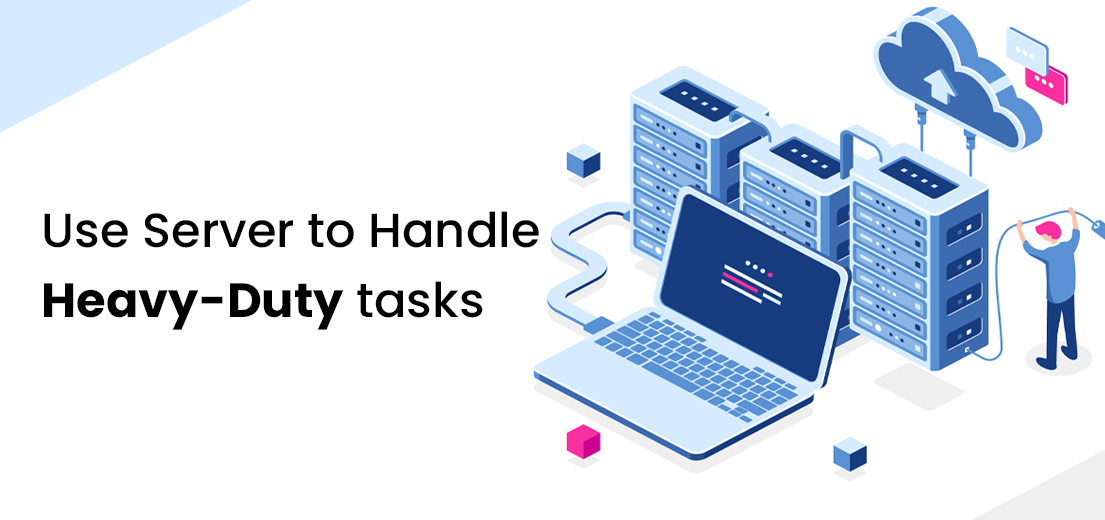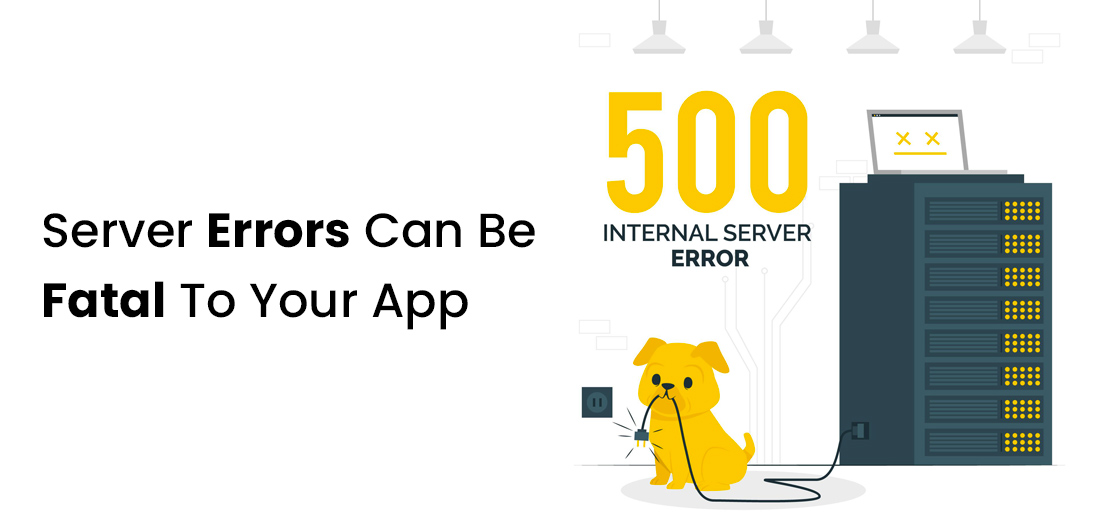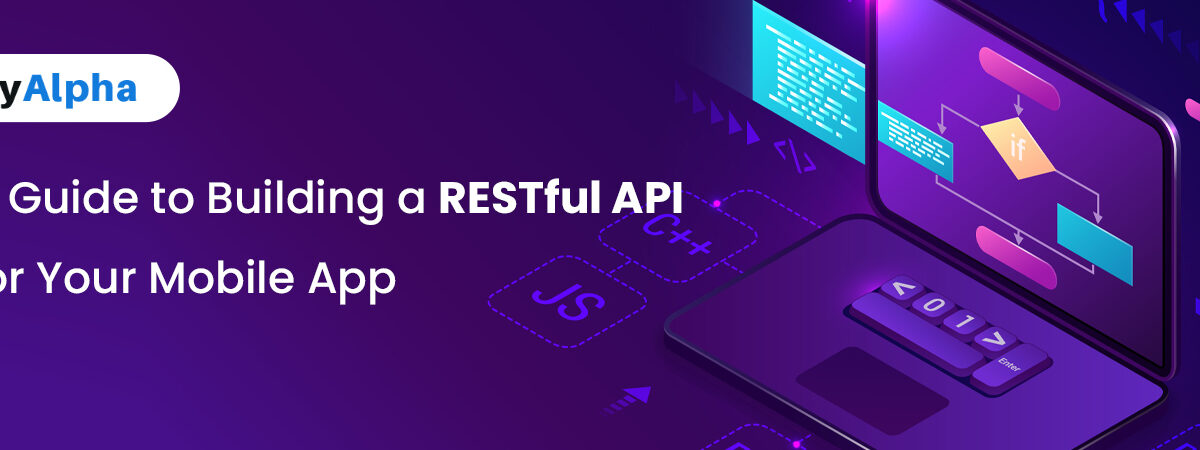Build a RESTful API for Your Mobile App
Internal or in-house APIs have a two-fold challenge. Many folks don’t spend enough time planning out an API. Moreover, despite the abundance of apps, not everyone has created web services or APIs specifically for apps. In our experience, establishing principles for how to create better APIs for mobile apps save time and effort during development and mitigating the difficulties later.
They all have one thing in common: they interact through servers. Few apps now can function without access to the Internet, which involves contact with a backend, online services, or APIs. Google, Amazon, Facebook, and other similar third-parties may provide these APIs. It’s also possible that they’re internal or custom-developed APIs.
This guide aims to help developers build RESTful APIs for their mobile apps. It does not matter whether you are a mobile app development company or an enthusiast trying out new technologies, this guide could be what you were desperately looking for.
REST or Representational state transfer is a software architecture style that is used to develop application programming interfaces. Let’s look at what makes constructing an API for mobile apps different from other systems before we get into the hosting, security, architecture, and other factors for constructing a RESTful API. These mobile-specific considerations are critical for ensuring that your RESTful API is ready to interact with a mobile app and meet its users’ expectations.
Use HTTPS instead of HTTP
Although HTTP was the foundation of the internet, mobile platforms enforce HTTPS requirements with current encryption and verified signed certificates. Every endpoint at mobile backends must use HTTPS. Signed certificates should be used on all servers in your development, staging, and production environments.
Use server to handle heavy-duty tasks

You want mobile clients to do as little work as possible to conserve network data costs and battery life for consumers. It’s unusual to come across a mobile app that couldn’t profit from remote data querying and storage, or outsourcing demanding and sensitive tasks to more capable, remote devices. Connecting to a remote API keeps your data safe and allows your app to keep functioning smoothly for the user, allowing you to focus on delivering data rather than calculating. Users of mobile apps want their data to be synced across all of their devices, which can also be accomplished by using an API to move data off the device. Many mobile app development companies are leveraging on servers to do hard work for their apps.
Server errors can be fatal to your app

Any faults that a mobile user encounters will likewise be aired over a megaphone. When something doesn’t operate as expected these days, especially when it comes to mobile apps, customers have limited patience. There’s no better place to express your grievances than in-app evaluations on the App Store and Google Play. If something goes wrong, the server must respond with user-friendly error messages or error codes that the client can utilize to comfort the user and, perhaps, assist in the resolution of the problem. A single misstep might result in a 1-star rating, and favorable evaluations are crucial to an app’s success. If your software receives too many poor reviews as a result of server troubles, new downloads will be halted.
Do not forget about push notification
The push notification is a handy communication tool that is only available on mobile devices. Although there are third-party programs that specialize in push notifications, you may need to handle the procedure yourself on occasion. Your server may be in charge of tracking device tokens, which are used to map devices to users to provide push alerts. Using a service like Firebase to maintain device tokens and send push alerts to iOS and Android users, on the other hand, is often less expensive than developing your own.
Hosting
It’s a huge decision to decide where your server will be hosted. There are plenty of cloud-hosted alternatives accessible these days if you don’t have the want or capacity to operate your bare-metal server. Every project is unique, with its own set of performance, scalability, and administrative requirements.
User authentication
You can use a variety of authentication procedures depending on your requirements. Any hosted service you choose should already have HTTPS and trusted CA certificates built-in. The simplest authentication method is HTTP Basic Authentication, however, it is also the least secure. OAuth2 is widely recognized as a secure, industry-standard authentication method and is highly recommended. You might also use one of the several libraries available for social logins or phone number authentication. Do not attempt to create an authentication system on your own!
The architecture design
As previously mentioned, you should aim to create not one, but three distinct backend environments: development, staging, and production. The development environment is where developers roll out frequent development modifications as they are completed. Developers can generate data in this area by using automated scripts to populate a database with a sufficient amount of test data. After passing all of its tests in continuous integration (ideally, you’re testing your server’s logic and API endpoints) and receiving approval from QA, code is promoted to the staging environment.
Database selection
Entity IDs should be randomly generated UUIDs, not sequentially created UUIDs, regardless of the database type. This improves resource security by making IDs far more difficult to guess. You might think about using a typical relational database like MySQL or MariaDB to store your data. Perhaps you like the scalability of MongoDB, a NoSQL document database. Maybe you prefer the versatility of a hybrid approach, such as PostgreSQL’s capability for both relational and document storage. Your data will determine the database you should utilize for your project.
Final note
This guide should have helped improve your mobile app development services. We emphasize placing resources in a modular, explorable, and extendible fashion while developing and building the backend on our own, as well as effectively explaining our decisions and goals. Continuous coordination between developers working on the client apps and the backend ensures that roadblocks are avoided and progress is made. We can spend more time developing out the wonderful features that make our apps distinctive if we spend less time guessing how the API will work in every case.


